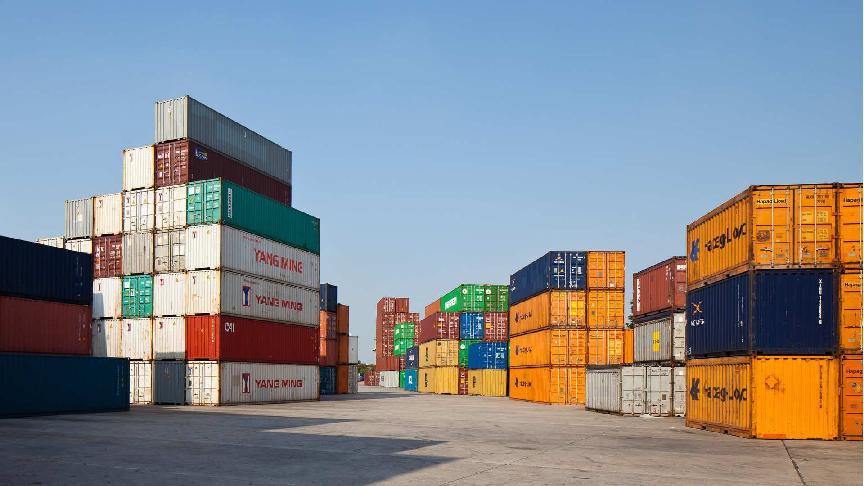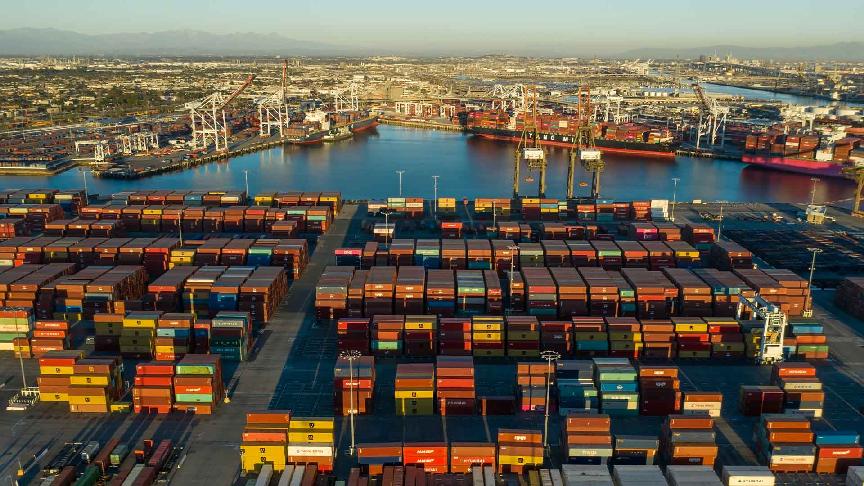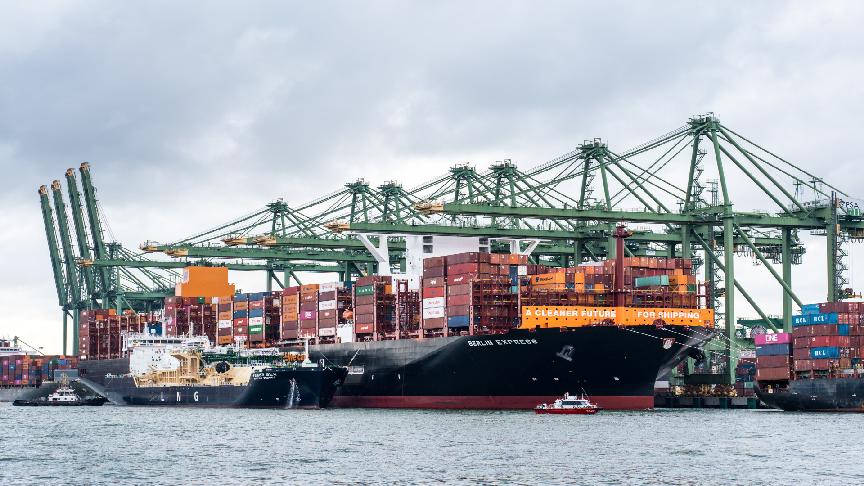7 March 2024 (Lloyd's List) - CHINA’s annual top legislative gathering is a rare window into Beijing’s economic thinking and policies. This year’s was much-anticipated owing to a backdrop of heightened uncertainty and the clearly struggling economy.
It was notable that this year’s event broke with 30 years of precedent by cancelling the premier’s post-closing press conference.
The seemingly contradictory move has left many observers unsettled. This sentiment has been echoed by investors, including those from shipping, who are eager to spot any encouraging prospects from Premier Li Qiang’s report and officials’ comments.
The 5% economic growth target matches that of the past year, but represents a larger quantum increase, given the base effects, and is seen by many economists as even harder to achieve without greater stimulus measures.
Yet Li’s report lacked any uplifting hints in relation to solutions to the two key risks preoccupying markets: The still-unfolding property crisis and still-fragile consumer confidence.
One of the few clear positives was the central government’s pledge to issue special ultra-long bonds in the coming years, starting this year with Yuan1trn ($139bn), or about 0.8% of nominal GDP.
The amount, not included in the fiscal deficit — the ratio of which is set at 3% of GDP this year, the same as 2023 — will provide extra fiscal stimulus for the economy. But Li did not specify where the funds would be used, only saying they would be used to “finance major national strategies and build security capacity in key areas”.
Many economists believe more is needed to achieve the growth target.
In a report, economic forecaster Oxford Economics thinks the Yuan1trn special bonds will add 0.3 percentage points of upside to its 2023 Chinese GDP growth forecast of 4.4%, taking it to 4.7%.
“We entertained the possibility of a notch-down in the official growth target to a more realistic one, as it remains to be seen if the announced ambitious target could sustainably anchor confidence,” the forecaster said.
“Given the multiple structural macro drags on the cyclical recovery, the bar for effective stimulus and execution risk are clearly higher now.”
Among the future scenarios observers will be considering is whether China will continue cutting interest rates, and more importantly by how much. The benefits would include easing debt pressures on the public and private sectors while channelling more liquidity into the real economy. Exports would also receive a further boost from the associated currency depreciation.
One key danger attached to such a policy would be to risk overshooting the devaluation of the Yuan if the economy fails to gain traction. And the still ambiguous US Fed rate cut timetable clearly limits Beijing’s room to manoeuvre.
The latest trade data will likely give policymakers confidence.
China’s January-February exports rose 7.1% from a year earlier in US dollar terms, well above the 1.9% analysts had forecast. The outperformance is largely in line with results from other major exporters such as South Korea, Germany and Taiwan, indicating a recovery in global trade driven by electronics.
Optimists say the multi-year inventory rundown in the West may finally be nearing its end. But sceptics point out the export surge needs to be considered against the low base during the same period of 2023, when China’s exports contracted 6.8%.
“We doubt the sustainability of this strength, however, since exporters now have more limited scope to reduce prices to secure market share,” said Huang Zichun, a China economist at Capital Economics, in a note.
Washington has already warned China against trying to ease industrial overcapacity pressures by dumping goods on international markets.
The European Union has moved a step closer to imposing anti-dumping duties on Chinese electric vehicles, with the European Commission stating this week it had found “sufficient evidence” they benefit from Beijing’s unfair subsidies.
If put into effect, the tariffs will test the outlook for China’s booming car making industry and the many newbuilding car carriers ordered by Chinese shipowners.
Meanwhile, import data, especially for key commodities, offers bullish sentiment for dry bulk and tanker owners.
In the first two months of 2023, iron ore shipments were up 8.1% year on year, coal increased 22.9%, and crude oil gained 5.5%.
Each commodity has its own dynamics. Early quota issuance and lower oil prices may have induced refiners to purchase more than they need to process in order to hedge against future price rises.
Coal imports are strong amid China’s hydro power shortfalls and government curbs on domestic output for safety and environmental reasons.
Iron ore buyers are alleged to be stockpiling in anticipation of a massive stimulus down the line, which has partly contributed to the recent uptrend in capesize markets.
They had better be right. Otherwise these import surges, so detached from China’s anaemic economic fundamentals and months of contracting manufacturing PMIs, will become harder to justify as time passes.







